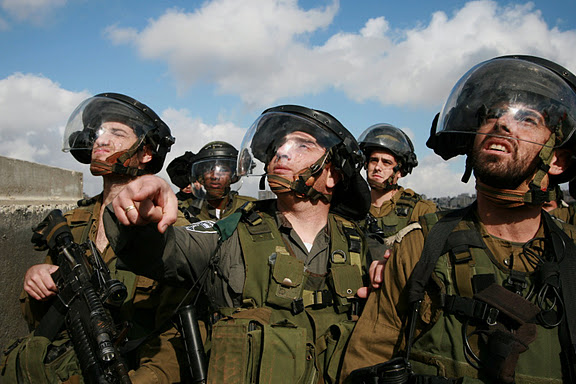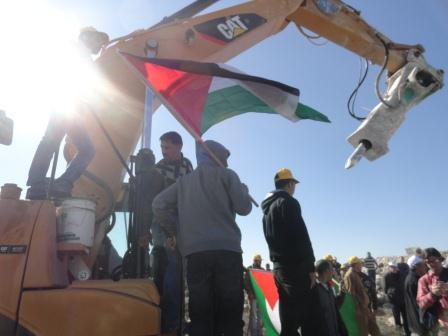Tag: Qalandia
-
Qalandia: White sky of tear gas looms over apartheid wall construction
by Rana H. 9 December 2011 | International Solidarity Movement, West Bank Peaceful protesters came face to face with Israeli Occupation Forces (IOF) in Qalandia on Friday before soldiers began to fire tear gas and rubber-coated steel bullets at the civilian group including children, women, and elders. Qalandia village is protesting the construction of the…
-
Locals protest as Israeli barrier rips through Qalandia
7 December 2011 | International Solidarity Movement, West Bank Today, in the town of Qalandia, north of Ramallah, Palestinian and international solidarity activists tried to stop the illegal construction of the separation wall. The Israeli government issued a map that shows the new tracing of the wall. According to this map the wall would take more…
-
In Pictures: The day of the UN bid
24 September 2011 | International Solidarity Movement, West Bank September 23 was a historical day for Palestinians worldwide and within the territories, as the Palestinian Authority submitted a bid to the UN to be recognized as the 194th nation of the world. While diplomats and political discussions ensued, a typical dialogue between Palestinians continued in…


